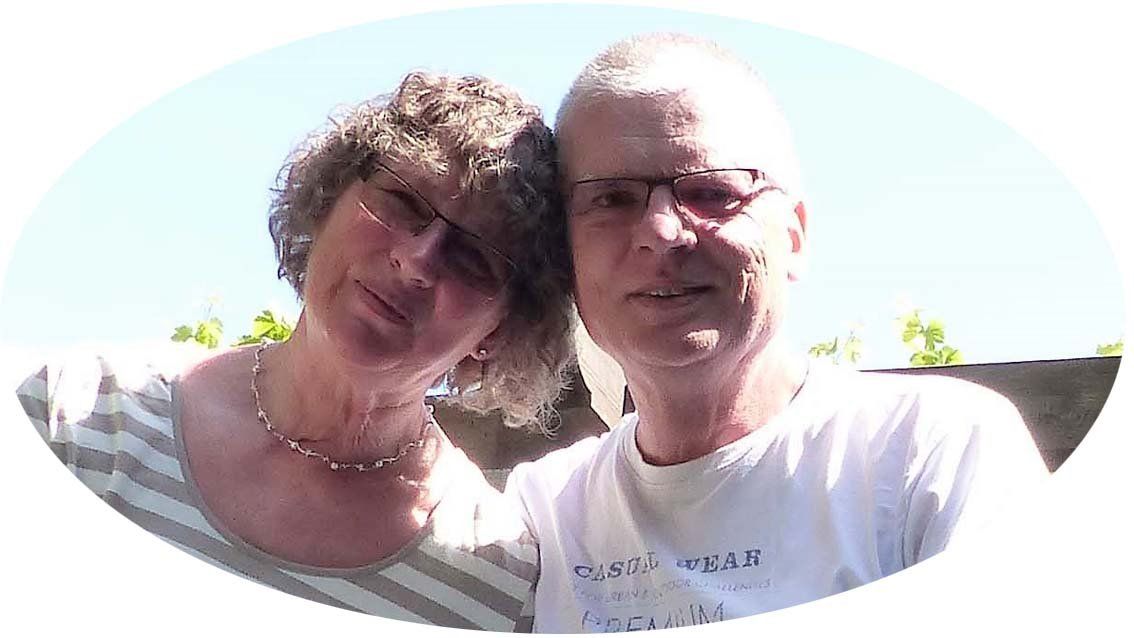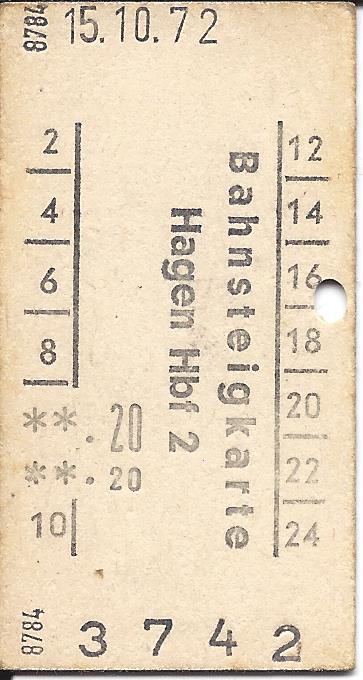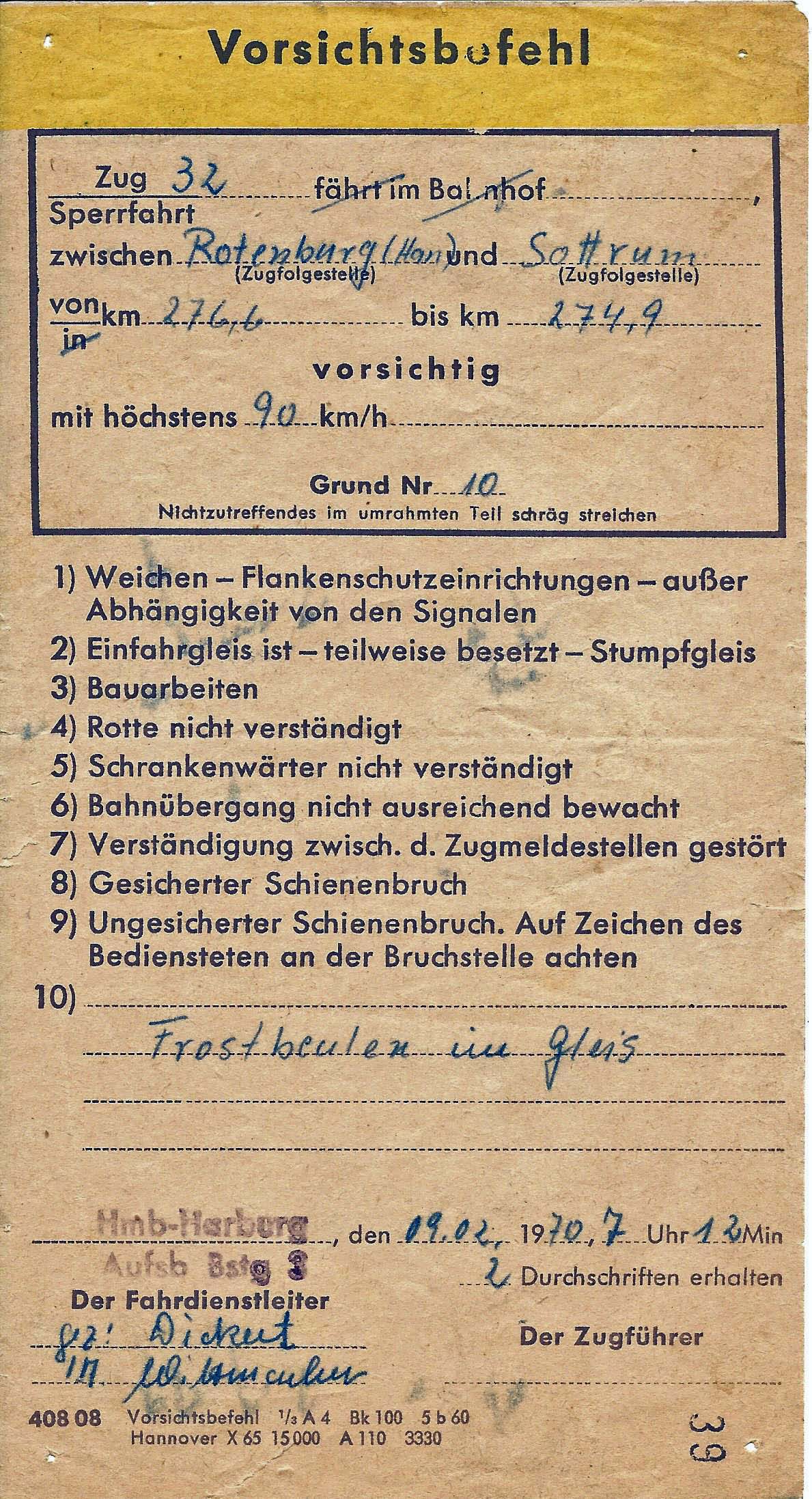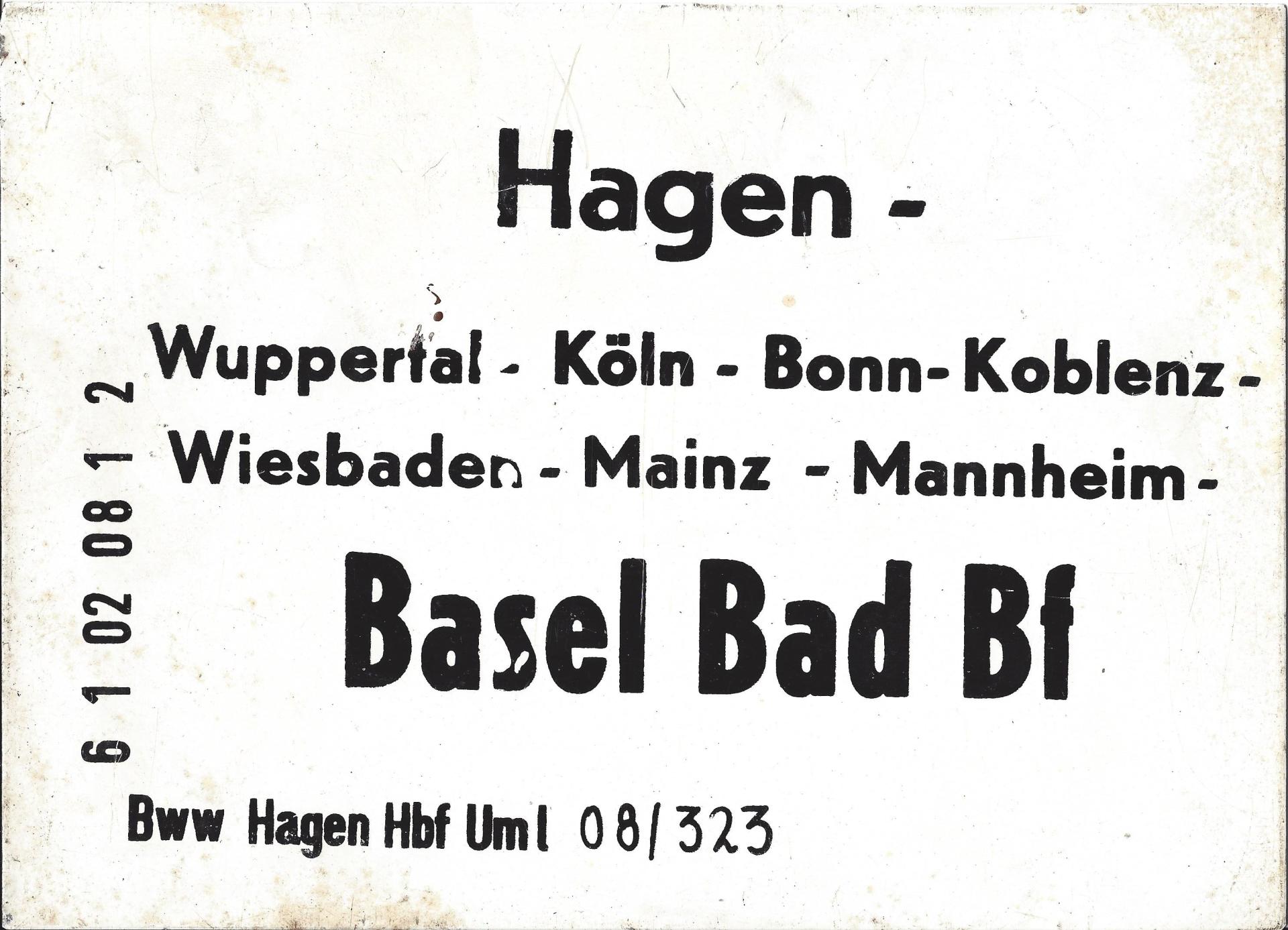Station Stories or "How Siegmar got infected by the railroad virus ..."
Unfortunately, I was delivered from the rattle stork with a delay of 3 years and about 4 months in Augustastrasse 73 in Hagen (Westf.) ...

Due to these delays in the operation I unfortunately did not get to know the squeaking of the street cars of route 9 of the Hagener Straßenbahn AG when they turned off from the Augustastraße into the Bachstraße. Passed the hairdresser Müller on the corner, the slight incline along the milk shop Rose along to the intersection with the route 8 on the Lange Straße. There where the coal dealer Fritz Grote, the wine shop Sybille Schmitz, the baker Kabs and the butcher Kürsch offered their goods to the people of Wehringhausen.
Augustastraße 73 offered a direct view of the entrance to Hagen Central Station. Here came the trains of the Bergisch-Märkisch route from Wuppertal at Hp 00 with a melodic shriek of the brake pads to a complete stop. Here the diesel droned with V 100 from and to the Volmetalstrecke direction into Goldberg tunnel. When crossing the connecting rail from the goods track, the glasses were rattling in the closet.
At the age of a few years, I consciously perceived the railway for the first time. In a time without smartphones, laptops, game consoles, etc., there was the leisure activity "looking out of the window". Sitting on the windowsill, I watched many construction workers busy with any kind of work. It was probably the big electrification campaign. Disparingly, the employed guest workers, probably at that time mostly from Italy, were described by many adults as "Itakas". Lack of logical connotations for me at that time, these were the "Mittags" for me.
As I got older, I was drawn closer to the railroad. I spent many hours with my school and railroad friend Martin "at the fence" to watch the goings on the tracks. Later Klaus joined, who now also belongs to our old-master railway friends.
There are pictures of spectators at this fence (probably not just railroad friends), who marveled at the passing of the Rail Zeppelin in the 1930s. I can still remember a lot of people who were waiting in silence for the train, with which the mortal remains of the former Federal President Heinrich Lübke (+ 06 April 1972) were transferred to his home in the Sauerland.
However, to get to the platform tracks, first a platform ticket had to be bought. Either at the counter or at the vending machine. This was checked at the platform barrier by examining officials and usually collected again when leaving the platforms. Here are a few copies, which we got back after the corresponding "begging":
With a "Fotoklick camera" I had the first railway images recorded on cassette film. For example, in the fall of 1969 the picture of one of the last scheduled steam locomotive trains, here with 023 014-4 before exiting to the Upper Ruhr Valley Railway in the direction Warburg.
The offer of a steam locomotive driver, to get on the cab, we did not dare to accept at that time. Later we regretted this.
In September 1974, my SLR era began. For financial reasons, only with modest equipment from Foto Porst. For chronic lack of money were not usually the best color negative and later color slide films purchased. Unfortunately, this did not always lead to the best results.
On my first SLR photo. I took 103 228-3 of the Hamburg-Eidelstedt depot in front of IC Nymphenburg for Hanover in Hagen Central Station.
The description of the time of day was then (before the introduction of the clock traffic) according to the final provisions of regular long-distance trains:
- The Leipzig at some minutes before seven - the highest time to get up for the first hour in school.
- The Munich with a coach to Garmisch or Mittenwald at about quarter past eight - it's holidays or it starts the second lesson in the school.
- The Norddeicher - nearly at 9:30 - on the platform / it is holidays.
- The Aalborger - nearly at 10:30 - on the platform / it's holidays.
- The Regensburger with through coach to Hof - at about a quarter to one - it's holidays or school did not go to the last hour.
- The Basle- about a quarter past two - Homework has been finished for a long time (or not at all).
- The Zwickauer (with Reichsbahn cars) - Twenty to eleven - it's actually time to go to sleep.
Here is the departure schedule for the summer timetable 1974 Hagen Hbf:
The seasons were partly readable on railway vehicles. In the pre-Christmas period after school when I went down the Bachstrasse at half past twelve or one on Saturdays, often the mail train was waiting to enter the Cnetral Station. On the mail van were often hand-lettered "Merry Christmas" and elaborate drawings of fir branches with candles. No graffiti and no advertising paint.
The railway virus had been implanted, had settled and could not be removed by any therapy.














